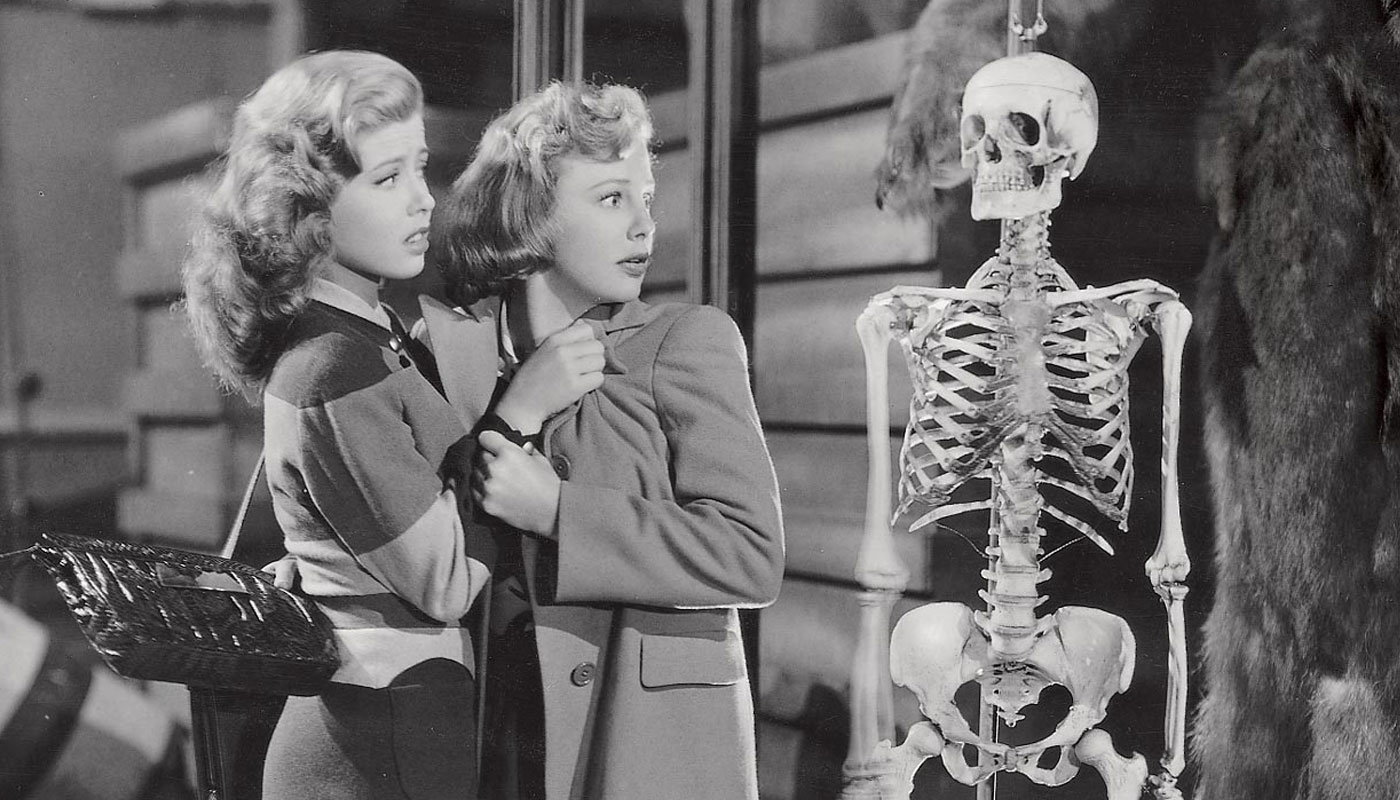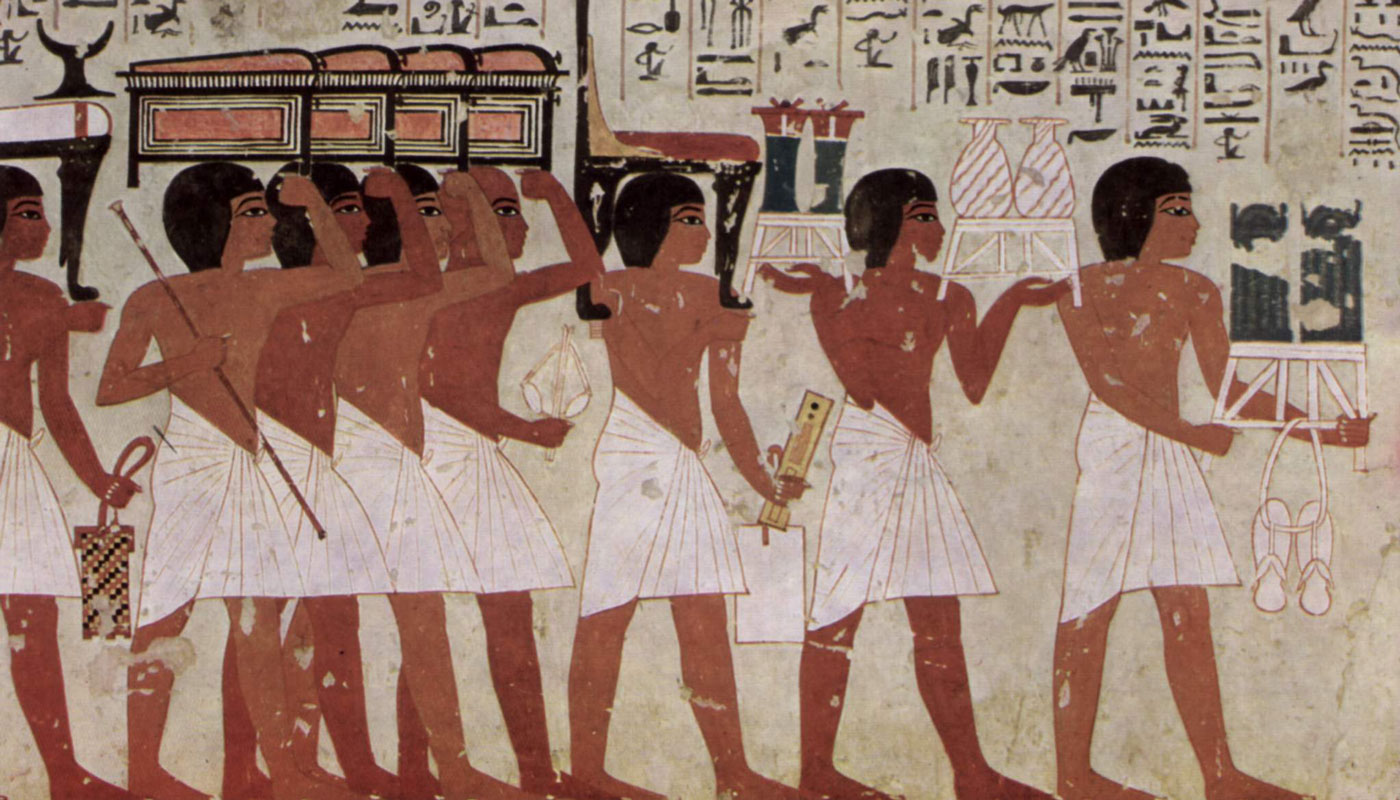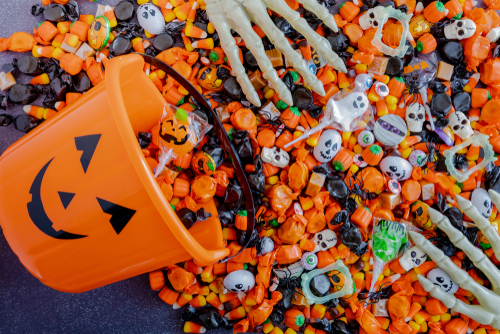Cross-Curricular Lessons for Halloween 2024
- October 24, 2024
- By KIDS DISCOVER
Halloween isn’t just about costumes and candy – it’s a great opportunity for cross-curricular lessons! From the creepy crawly world of Spiders to the ancient mysteries of Mummies, Halloween themes can spark curiosity across various subjects. Dive into science with Bones and Germs, or explore healthy habits with Nutrition. This Halloween, use these engaging Units to make learning fun and spooky for your students!
Science
A variety of diseases can affect the bones, including osteoarthritis, osteoporosis, and cancer. Have students research one disease and present a report on it to the class. Students should include present-day research that deals with treatment and how to help prevent these diseases. Students can read about some of these diseases in our Bone Health Topic from our Unit on Bones. Also, be sure to check out our newest Infographic: How Bones Work.

Language Arts
As students read in Comparing Spiders and Insects from our Spiders Unit, spiders can vary in size. Some can have a leg span of up to 12 inches! Have students do some math problems using this leg span. For example: If a spider’s leg span is 12 inches, what fraction of a yard is that? How many centimeters are in 12 inches? How many millimeters are in 12 inches?
Art
Ancient mummies were buried with artifacts that they could use in the afterlife, which your students can read about in Mummy Cases. Ask students to write a list of items a modern-day mummy might want for the afterlife. Students might set up an exhibit of items or draw or photograph items to accompany their list. Encourage students to explain why they would include each item on their list.
Language Arts
Have students choose two of the top ten deadly infectious diseases, shown in Germs are Everywhere from our Germs Units, and do some research on them. Students should find out the symptoms of each, who is most likely to get the disease and why, and what people can do to help prevent the disease from affecting them.
Health
Have students find the nutrition labels from their favorite Halloween candies. They can compare and contrast the nutritional values of the different treats. They can use different criteria for ranking the candy, such as the contribution to daily values, the amount of total fats and saturated fats; and the size of a serving. Ask them to predict which ingredient may affect the nutritional value the most. Afterward, you can give a refresher on the importance of healthy eating with our Nutrition Unit.



